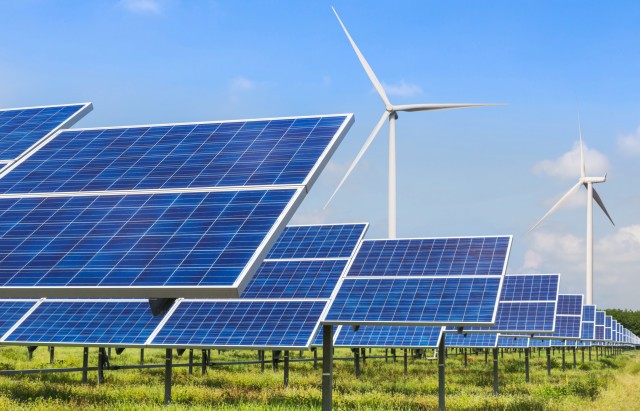Energy demand in the Southeast Asia region is set to grow by around 3 percent a year to 2030, and green energy will meet three-quarters of that increased demand, according to IEA’s fifth edition of the regional outlook.
As a result, Southeast Asia’s CO2 emissions would grow 35 percent from 2020 levels. Without stronger policy action, its net oil import bill, which stood at USD 50 billion in 2020, is set to multiply in size rapidly if today’s high commodity prices endure, IEA said in its report.
“Southeast Asia is an emerging heavyweight of global energy, and the speed of its economic development makes it even more essential that the region’s governments hasten efforts to transition to sustainable energy and that they get the international support they need to do so,” said IEA Executive Director Fatih Birol.
ASEAN’s members are Brunei Darussalam, Cambodia, Indonesia, Laos, Malaysia, Myanmar, the Philippines, Singapore, Thailand and Viet Nam. Several of them have announced ambitious targets for reaching carbon neutrality and curbing reliance on coal-fired power.
The report notes that international support will be critical, especially to boost innovation and develop much needed infrastructure such as renewable power generation and grids, as well as facilities for low emissions fuels.
Total energy investment would need to reach USD 190 billion a year by 2030 to meet the region’s climate goals, up from around USD 70 billion a year between 2016 and 2020. While international development finance is essential, the report says ASEAN members could reduce financing costs and attract private investors by signalling their clear commitment to deploy low-carbon energy and by improving regulatory and financing frameworks.
Southeast Asia is set to play a major role in global energy transitions as a key supplier of critical minerals and manufacturer of clean energy products.
Indonesia and the Philippines are the two largest nickel producers in the world; Indonesia and Myanmar are the second and third largest tin producers; Myanmar accounts for 13 percent of global rare earth production; and Southeast Asia provides 6 percent of the world’s bauxite. Malaysia and Viet Nam are the world’s second and third largest manufacturers of solar PV modules, while Thailand is the 11th largest car manufacturer in the world and could become a key manufacturing hub for electric vehicles.

